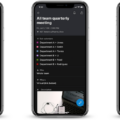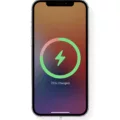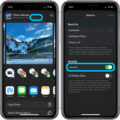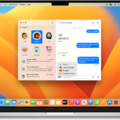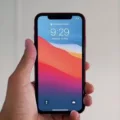Video files can take up a significant amount of storage space on your iPhone. This can be problematic, especially if you frequently record videos or have limited storage capacity. Fortunately, there are ways to reduce the size of your videos on iPhone without compromising too much on quality. In this article, we will discuss how to compress a video on iPhone and reduce its file size.
One of the simplest ways to reduce the size of a video on your iPhone is by adjusting the resolution and frame rate settings before recording. To do this, open your iPhone Settings and tap on “Camera”. Under the “Record Video” setting, you will see the current resolution and frame rate settings. By selecting a lower resolution, you can significantly reduce the file size of your videos. However, keep in mind that lower resolutions may result in a decrease in video quality.
If you have already recorded a video and want to compress it, there are several third-party apps available on the App Store that can help you with this task. One popular app is called “VEED”, which allows you to compress and edit videos directly on your iPhone. To compress a video using VEED, start by uploading your video file or creating one from the templates provided. Then, choose your video file and select the compression options that meet your needs. VEED will automatically adjust the video settings to reduce the file size while maintaining a decent level of quality. Once you are satisfied with the compression settings, you can add subtitles if desired and save the compressed video.
Another option to reduce the size of a video on your iPhone is by using iCloud Link. This feature allows you to upload your video to iCloud and create a URL link that can be shared with others. To use iCloud Link, open the Photos app on your iPhone and select the video you want to compress. Tap on the “Options” button and then choose “iCloud Link”. Once the video is uploaded to iCloud, you can share the link via Messages or Mail. Recipients will have 30 days to download the video using the provided link.
Compressing a video on iPhone can help you save storage space and make it easier to share videos with others. Whether you adjust the resolution and frame rate settings before recording or use third-party apps like VEED or iCloud Link, there are various options available to reduce the file size of your videos without sacrificing too much on quality. Experiment with different methods and find the one that works best for you.
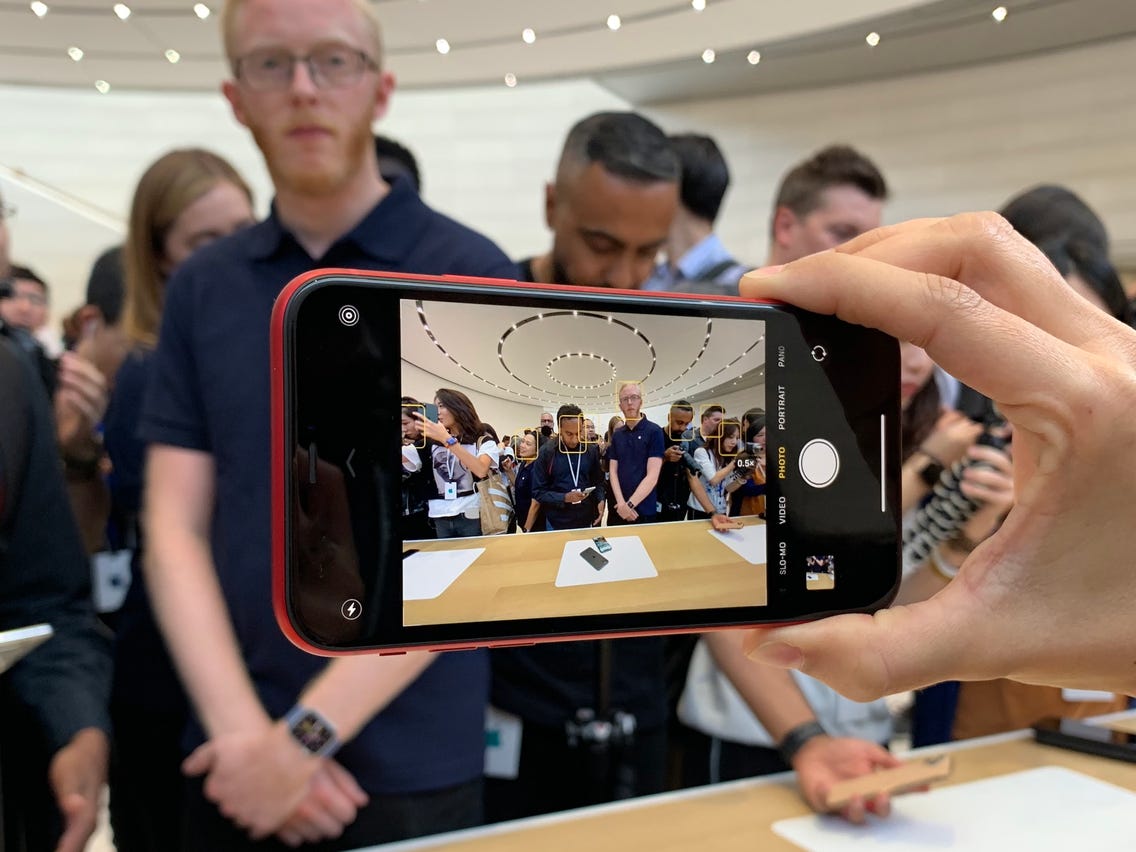
How Can You Reduce The Size Of A Video On iPhone?
To reduce the size of a video on your iPhone, you can follow these steps:
1. Open your iPhone Settings by tapping on the “Settings” app on your home screen.
2. Scroll down and find the “Camera” option. Tap on it to open the camera settings.
3. In the camera settings, look for the “Record Video” option. This setting determines the resolution and frame rate of the videos you record.
4. Tap on the “Record Video” option to access the available resolution options.
5. Choose a lower resolution for your videos by tapping on the desired option. The lower the resolution, the smaller the file size will be.
6. After selecting the desired resolution, exit the settings.
By reducing the resolution of your videos, you will effectively decrease their file size. This can be especially useful if you need to save storage space on your iPhone or if you want to easily share the video through messaging apps or email.
Remember that reducing the resolution may also affect the video quality, so it’s important to find a balance between file size and desired visual quality.
How Do You Send A Video That Is Too Large On Your iPhone?
To send a video that is too large on your iPhone, you can utilize the iCloud Link feature. This feature allows you to share large videos via Messages or Mail using a URL. Here’s a step-by-step guide on how to do it:
1. Open the video you want to send in the Photos app on your iPhone.
2. Tap the Share button, which looks like a square with an arrow pointing upwards.
3. From the options presented, select “Mail” or “Messages” to choose the desired method of sharing.
4. Depending on the size of the video, you may see a prompt saying the file is too large to be sent. Tap on “Options” to proceed.
5. In the Options menu, you will find the “iCloud Link” option. Tap on it.
6. Once you have selected iCloud Link, tap “Done” to return to the sharing interface.
7. Next, enter the recipient’s email address or select a contact from your address book if using Messages.
8. Add a subject or message (optional) to accompany the video.
9. tap “Send” to share the video.
By using iCloud Link, the video will be uploaded to your iCloud account, and the recipient will receive a link to download it. It’s important to note that the recipient will have 30 days to download the video using the provided link.
Conclusion
Compressing a video on iPhone is a simple and effective way to reduce its size while maintaining its quality. By adjusting the resolution and frame rate settings in the camera settings, you can choose a lower resolution to capture videos in a smaller file size. Additionally, you can use a video compression tool like VEED to further compress and edit your videos, allowing you to customize the compression options or let the tool choose the best settings for you. Furthermore, if you need to send a large video, you can use an iCloud link to share it through Messages or Mail, giving recipients 30 days to download the video. With these methods, you can easily reduce the size of your videos on iPhone and efficiently manage your storage space while still enjoying high-quality video content.

